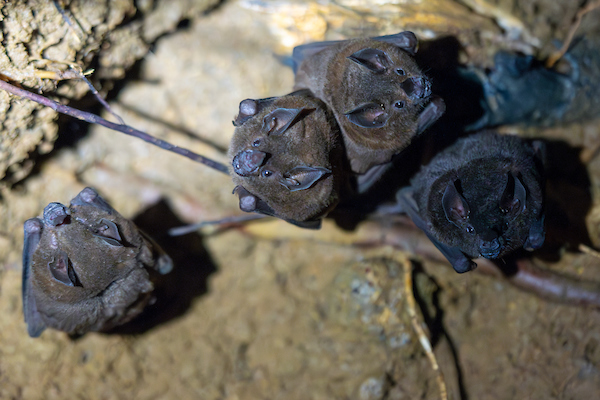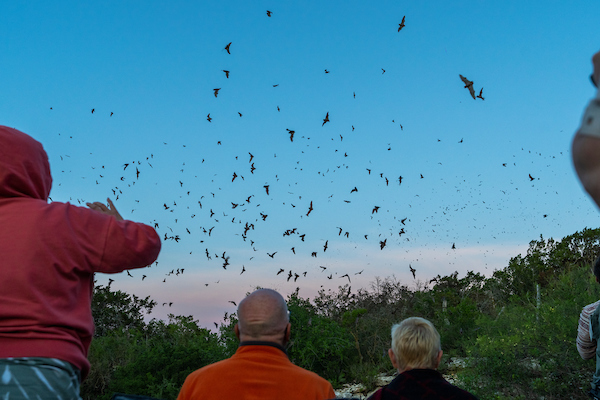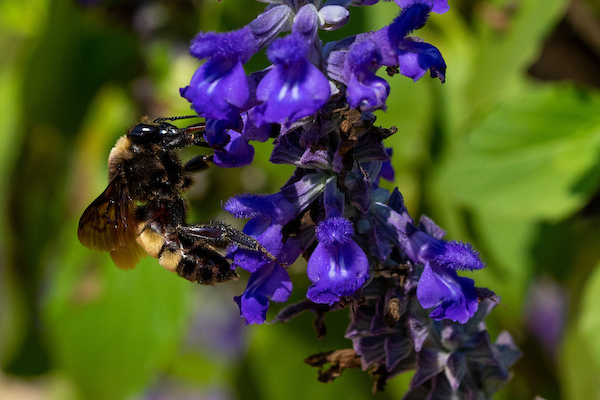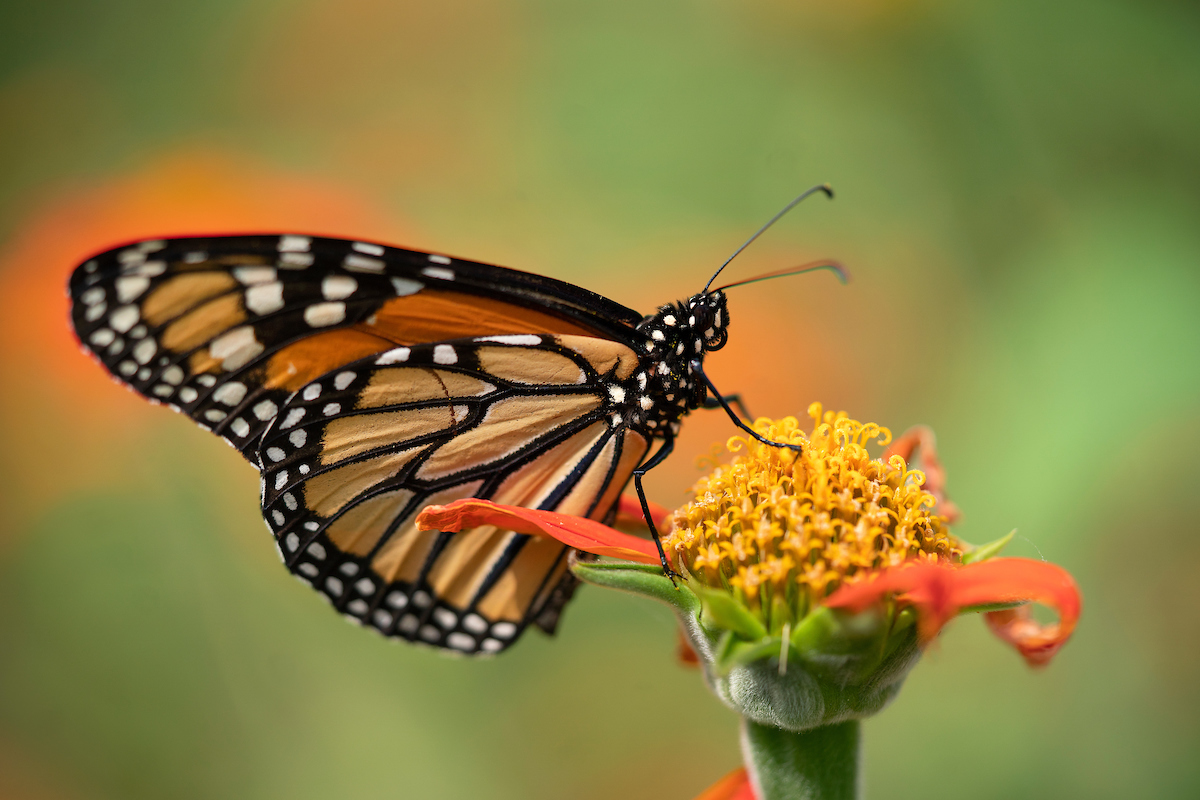Millions of bats call Texas home sweet home
Separating fact from fiction about this fascinating flying mammal
Everything is indeed bigger in Texas, including its bat colonies. Texas has 33 species of bats, more than any other state, and is home to the largest bat colony in the world.

We visited with Texas A&M AgriLife Extension Service experts to help separate fact from fiction and delve deeper into the mysterious world of bats.
Brian Pierce, Ph.D., Texas A&M Natural Resources Institute associate director, Bryan-College Station, and Janet Hurley, AgriLife Extension senior program specialist for school integrated pest management, Dallas, shared what Texans should know about these often-misunderstood mammals.
“Bats may be something out of most people’s mind, but they are an important part of our daily lives whether we know it or not,” Pierce said. “These animals are key to the planet and, like with most wildlife, rewarding to learn more about.”
The world needs bats
Ranging from Instagram-cute to a face only a mother, or biologist, could love — all bats play key roles in their ecosystems and are crucially important to biodiversity, human health and agriculture.
Hate mosquitoes? Bats have your back. They can eat their weight in insects each night. That insect-heavy diet helps protect crops from pests. Bats also act as pollinators for over 300 fruits and spread seeds for nuts, figs and cacao.
“All species have an important role to play in our environment,” Pierce said. “It just so happens that bats play a role we don’t really see. It is very much like the bee population; without bees many things wouldn’t be pollinated and the effect on agriculture would be huge.”
Bat fiction or fact
Here are some commonly held bat beliefs that have been debunked and some fascinating facts that are true.
- Bats are not blind. They have good vision but also use sound waves, or echolocation, to help them navigate and locate food.
- Only a few species actually drink blood. Most stick to a diet of insects, small reptiles, fruits and pollen.
- Bats will not fly at your head to “attack” you. If you’re divebombed by a bat, they are probably swooping down to get the mosquitoes and insects you attract.
- Their size varies from teeny tiny to several pounds. The bumblebee bat can weigh less than a penny whereas the flying fox/fruit bat can have a wingspan over 4 feet.
- Each species speaks its own language with a unique vocalization.
- Not all bats live in colonies in caves. Some species are loners and prefer to have a small space of their own.
- Some hibernate during the winter while others migrate to warmer climates. Some live in Texas full time, but for others the state is just a migratory stop.
Protecting bats
As Texas’ population continues to grow, it’s important for landowners to consider land-use changes that could impact bats.
“They traditionally return to the same place to roost again and again,” Hurley said. “So, if that grove of trees is cut down and replaced with a building or house, there’s a good chance the bats will try to make themselves at home if they can find a way to enter the structure.”
Whether preserving habitat or building structures designed for bats and taking steps to reduce the chance of the accidental close encounter in or around a home, Texas A&M AgriLife can provide a range of expert advice.
For instance, Hurley teaches professionals how to keep bats out of schools and other buildings and what to do should they come in contact with one.
She advises having the same healthy respect for bats as you would with any wildlife if you chance upon one.
“Odds are very slim you’d ever come in direct contact with a bat, but use common sense around them,” Hurley said. “And obviously any bite or scratch from one requires seeking medical care since bats can carry rabies.”
Pierce said bats generally mind their own business and try to stay away from people.
Where to watch bats in Texas
When and if you can see bats depends on the type of bat and time of year. Bats typically emerge from hibernation sometime in March. As temperatures begin to cool, migratory bats will start their journey south between September and November.
If you want to safely view bats in Texas, go to established viewing locations where you can keep your distance and not disturb them.
Many viewing locations are in the Hill Country or around Houston, but you can view bats throughout the state. From the world-famous Congress Avenue Bridge colony in Austin — the largest urban colony anywhere — to the privately owned Frio Bat Cave that houses around 10 million bats, Texas is a bat lover’s dream.
Bracken Cave Preserve, located outside of San Antonio, has the world’s largest colony, with an estimated 15 million Mexican free-tailed bats.






